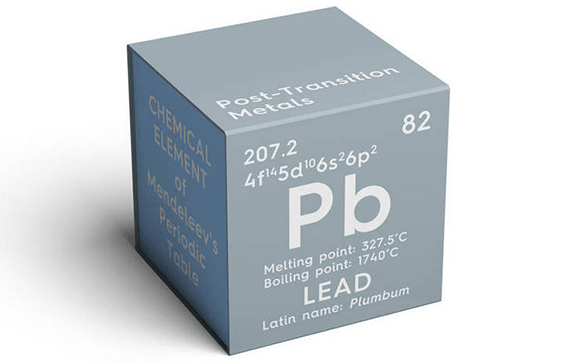In order to protect human health and safety and improve the environmental performance of electronic equipment, the European Union adopted the Restriction of Hazardous Substances (RoHS) Directive in 2006, which prohibits the use of certain hazardous substances, including lead, in electronic equipment. However, high lead solders (that is, lead-based alloys with a lead content of more than 85%) are not covered by the Directive and can be used in any situation.
The melting point of high lead solder is above 300°C, and the common alloys are Sn5Pb92.5Ag2.5 and Sn5Pb95, which are widely used in high temperature component connection, military manufacturing, medical equipment and other special fields. These areas have high requirements for solder reliability and stability, requiring solder to withstand high temperature, high pressure or high frequency operating environments, while ensuring component performance and life. High lead solder can meet the needs of these fields due to its high melting point, low oxidation rate, good wettability and excellent reliability and stability.

Due to the special properties and applications of high lead solders, there is currently no completely reliable alternative. With the advancement of technology and environmental protection requirements, the RoHS Directive was amended in 2011 (RoHS) to specify the deadline for the exemption of high lead solders, and the conditions for applying for an extension. Under the RoHS, the exemption for high lead solders will expire on July 21, 2024. This means that users of high lead solder must find a suitable alternative before this, or submit an extension application to the EU, otherwise they will face EU legal sanctions and market competition pressure.
At present, the main alternatives to high lead solder are the following:
1. Gold tin alloy solder
Au80Sn20 eutectic alloy, melting point 280°C, has many advantages when forming solder joints, such as high tensile strength, corrosion resistance, excellent thermal creep properties, good thermal and electrical conductivity, but its high cost makes it only used for some high-end photoelectric components and military supplies.
2. Bismuth-based alloy
Bismuth-based alloy is another solution for high temperature lead-free solder, based on bismuth alloy elements, adding enhanced micro-nanoparticles, such as BiAg eutectic alloy with 2.5%wt Ag added, melting point at 262 ° C, in line with RoHS environmental standards. However, the solder joints of Bi-based alloys are brittle and have poor toughness, so they are not suitable for environments requiring high reliability.
Step 3: Sintering
Sintering is a technique in which metal powder particles are heated and bonded into a dense solid, which can improve the thermal, electrical and mechanical properties of the material. The sintering temperature is lower than the melting point of the material, so the phase state of the material is not changed, but the bond between the particles is achieved through solid diffusion. Since sintered materials are tighter than the original powder, they also perform better. At present, sintered silver and sintered copper are the main applications of sintering technology, but the cost of sintered silver is high, and there may be porosity in the sintering process, which affects its density and mechanical properties. Cracks may occur in the sintered silver layer, reducing its reliability. The difficulty of sintering copper is to prevent the oxidation of copper powder, so it is still in the development stage.

Sintering process: Ag(Cu) powder - diffusion densification - sintering Ag(Cu) material
All of the above alternatives have their own advantages and disadvantages, and none can completely replace all applications of high lead solders. Therefore, manufacturers need to choose suitable alternatives according to their specific needs, or continue to look for better alternatives. With the continuous improvement and implementation of environmental regulations, the use of high lead solder will face more challenges and restrictions.





















 5万+
5万+











 被折叠的 条评论
为什么被折叠?
被折叠的 条评论
为什么被折叠?








